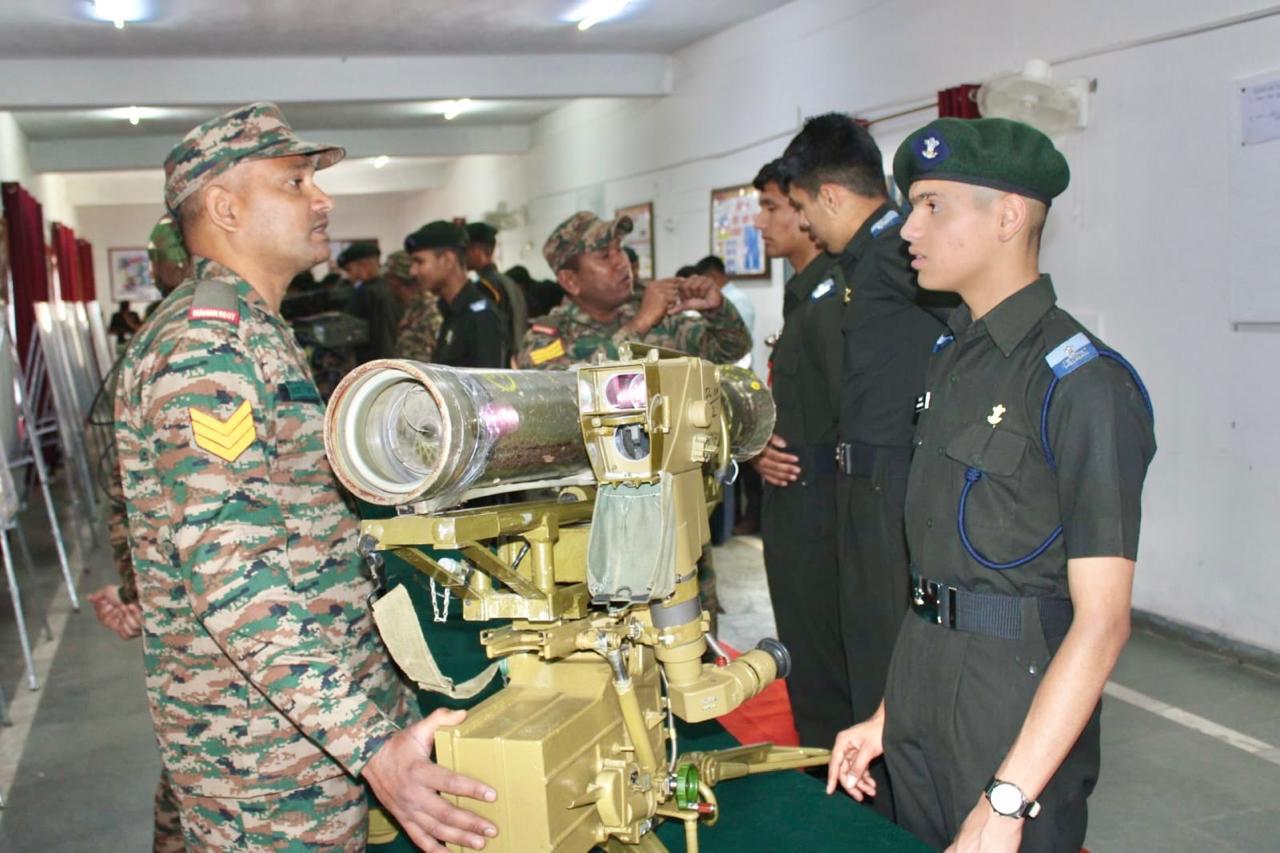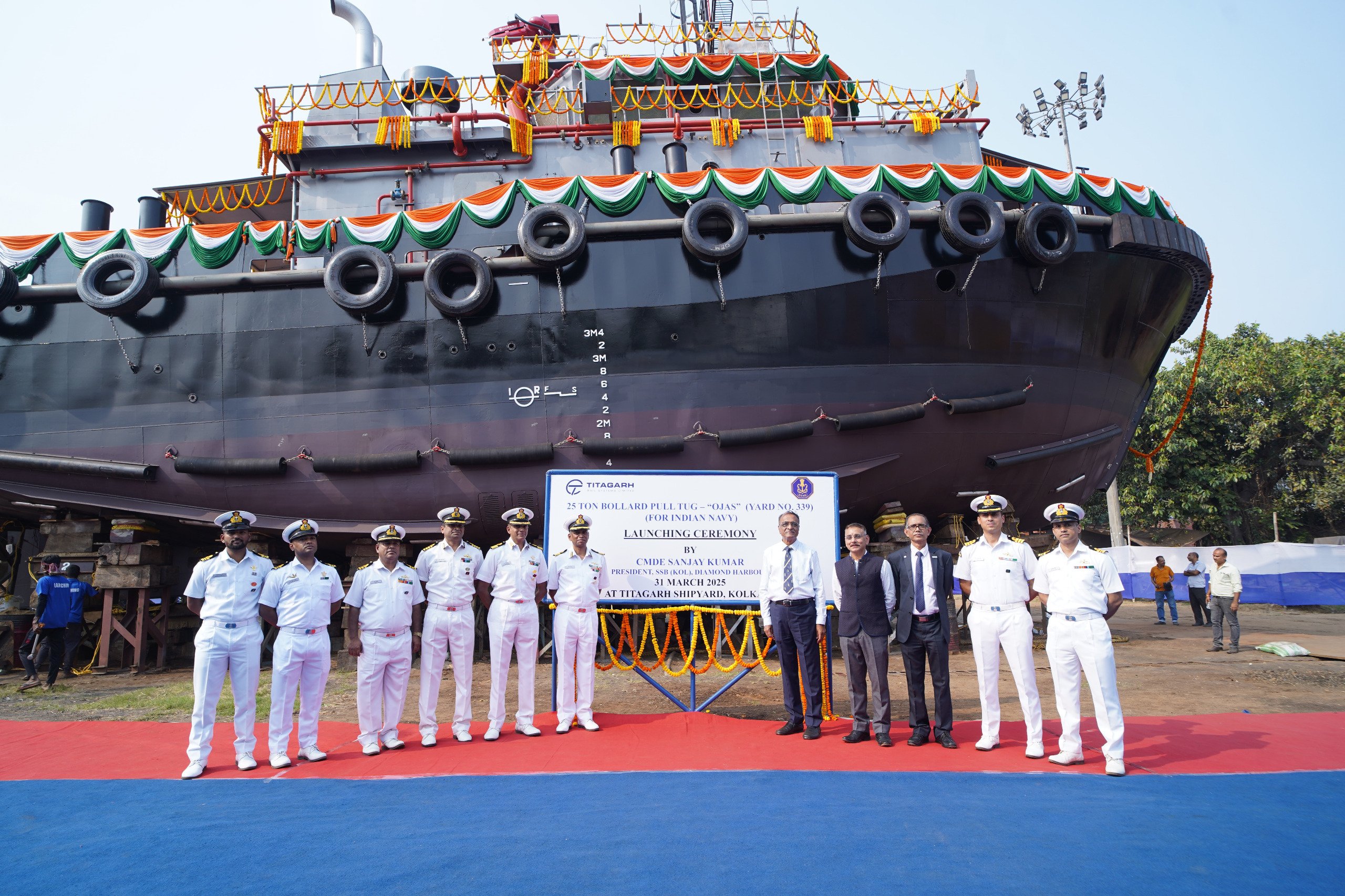In a significant development for India’s defense capabilities, the Cabinet Committee on Security has officially approved the construction of two nuclear-powered attack submarines (SSNs) for the Indian Navy. This decision marks a crucial advancement in India’s indigenous naval program, which has been under development since the mid-2010s, and is expected to greatly enhance the Navy’s operational readiness.
This announcement follows the successful commissioning of India’s first two nuclear-powered ballistic missile submarines (SSBNs), INS Arihant and INS Arighaat, which were launched in 2016 and 2024, respectively. These achievements, while monumental, have not received the widespread recognition one might expect given their significance, possibly due to sensitive security considerations surrounding the SSBN program. Additional SSBNs are also reportedly in various stages of construction, further solidifying India’s standing as a formidable maritime power.
The journey of India’s submarine capabilities is complex and unique. It began in 1981 when Mazagon Dock Ltd entered into a collaboration with Germany’s HDW to build two diesel-electric submarines and introduce local assembly capabilities. This initiative laid the foundation for India’s conventional submarine construction capabilities, ultimately leading to deeper advancements into nuclear technology.
The Indian Navy took a decisive step toward a nuclear future in 1991, aligning with the country’s nuclear weapons tests in Pokharan. Integral to this transformation was the launch of the Advanced Technology Vessel (ATV) Project in 1984, in collaboration with the Bhabha Atomic Research Centre (BARC). Initially kept under wraps, this initiative aimed to develop indigenous technology for nuclear submarines, ultimately resulting in the commissioning of INS Arihant, the first Indian SSBN, which took nearly three decades to realize.
However, the Indian Navy faced significant hurdles during this transition. Firstly, the successful execution of a nuclear propulsion program required the acquisition of critical technologies, particularly in reactor design and operational safety. Stringent safety protocols were established to ensure compliance with international standards, emphasizing the necessity of thorough training for personnel. This training initially took place in Russia, but as capabilities matured, domestic facilities were developed with Russian assistance.
To ensure practical expertise, India also leased two nuclear-powered attack submarines from Russia, both designated as INS Chakra. These leases facilitated the development of a knowledgeable cadre of operators and support staff, essential for the future operation of India’s own SSNs. Plans for a third lease are already in motion, ensuring that the naval workforce remains adept by the time the first SSN is delivered, projected to be in about a decade.
Despite the complexities of its submarine-building journey, India has notably leapfrogged traditional processes in naval construction. Historically, countries progress from conventional to nuclear submarines in gradual increments; however, India has moved directly to developing indigenous nuclear capabilities. The rationale behind not initially pursuing SSNs, while embarking on an SSBN program, remains a nuanced discussion involving debates over naval strategy and budget prioritization.
The approval for the two SSNs comes with a hefty price tag of Rs 45,000 crores; however, the government’s investment is expected to yield substantial economic dividends. The project promises to invigorate the Indian defense industry’s technological landscape, generate significant employment opportunities, and include a broad array of domestic firms, especially Micro, Small and Medium Enterprises (MSMEs).
The lifecycle of a submarine extends over three decades, providing long-term economic benefits through sustained operational demands. The indigenous content of these vessels is anticipated to increase significantly, with the INS Arighaat achieving 60% local production compared to 30% for the Arihant. The forthcoming SSNs are expected to boast even higher proportions of domestic content, showcasing a commitment to the Atmanirbhar Bharat initiative and signaling a robust resurgence of India’s maritime capabilities.
The ramifications of this development extend beyond mere naval strength. It positions India as a decisive player in the regional maritime security landscape, aimed at countering evolving threats while bolstering its strategic deterrent capabilities in the Indian Ocean. As such, the new SSNs are not only a testament to India’s growing technological prowess but also a cornerstone of its broader defense strategy.













